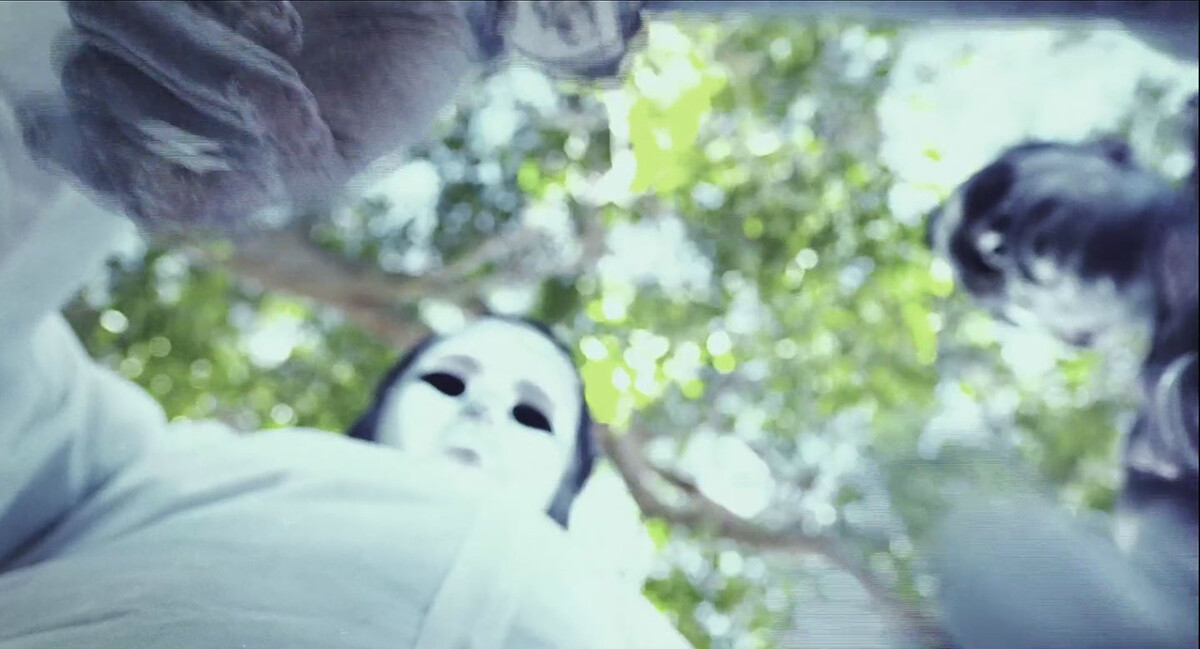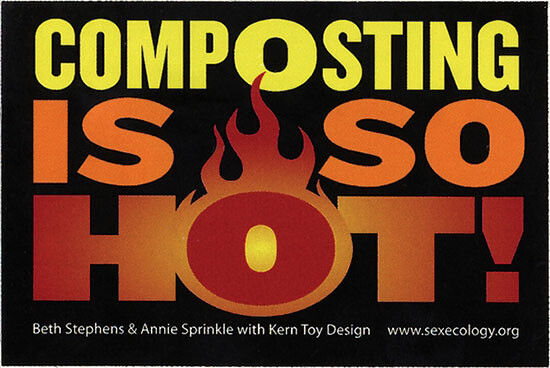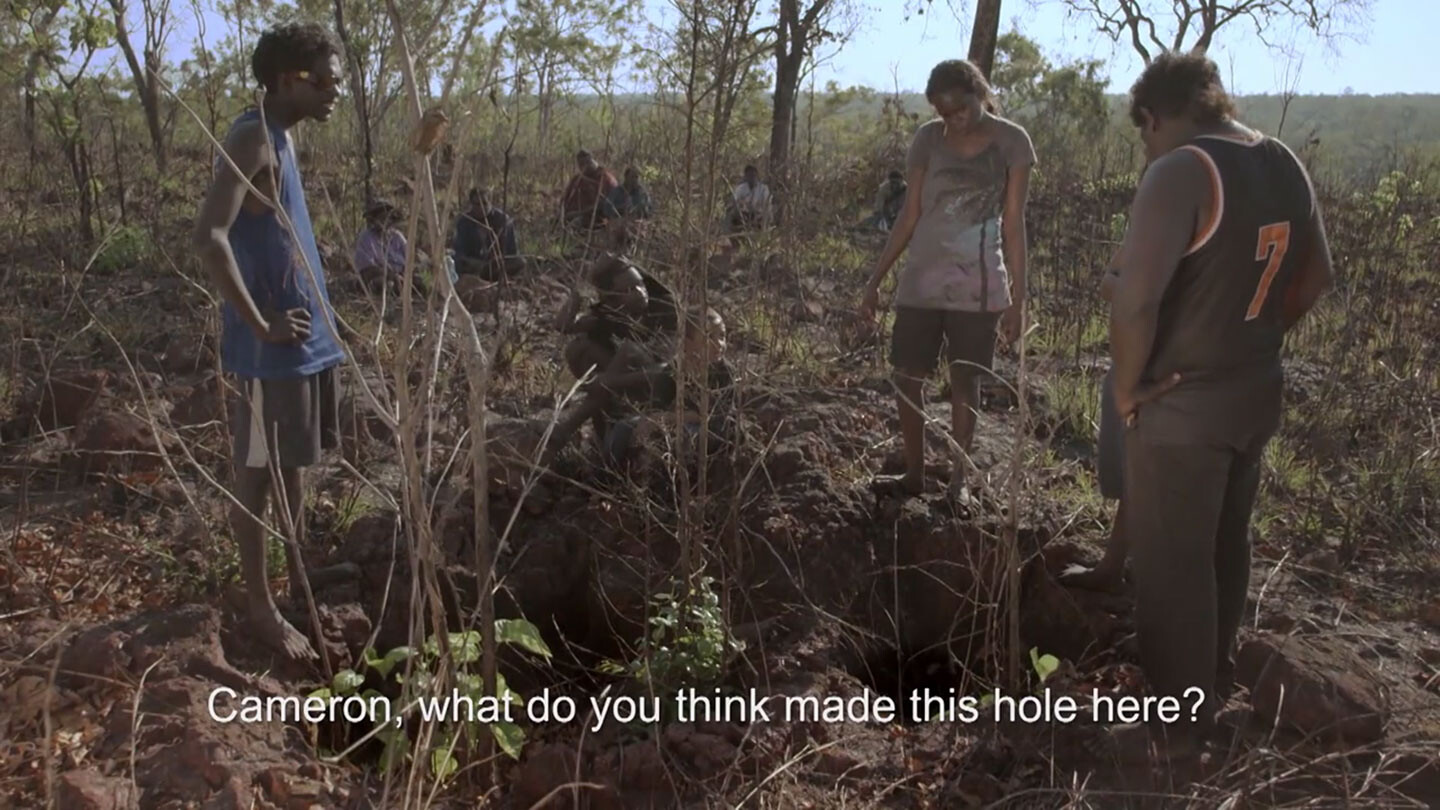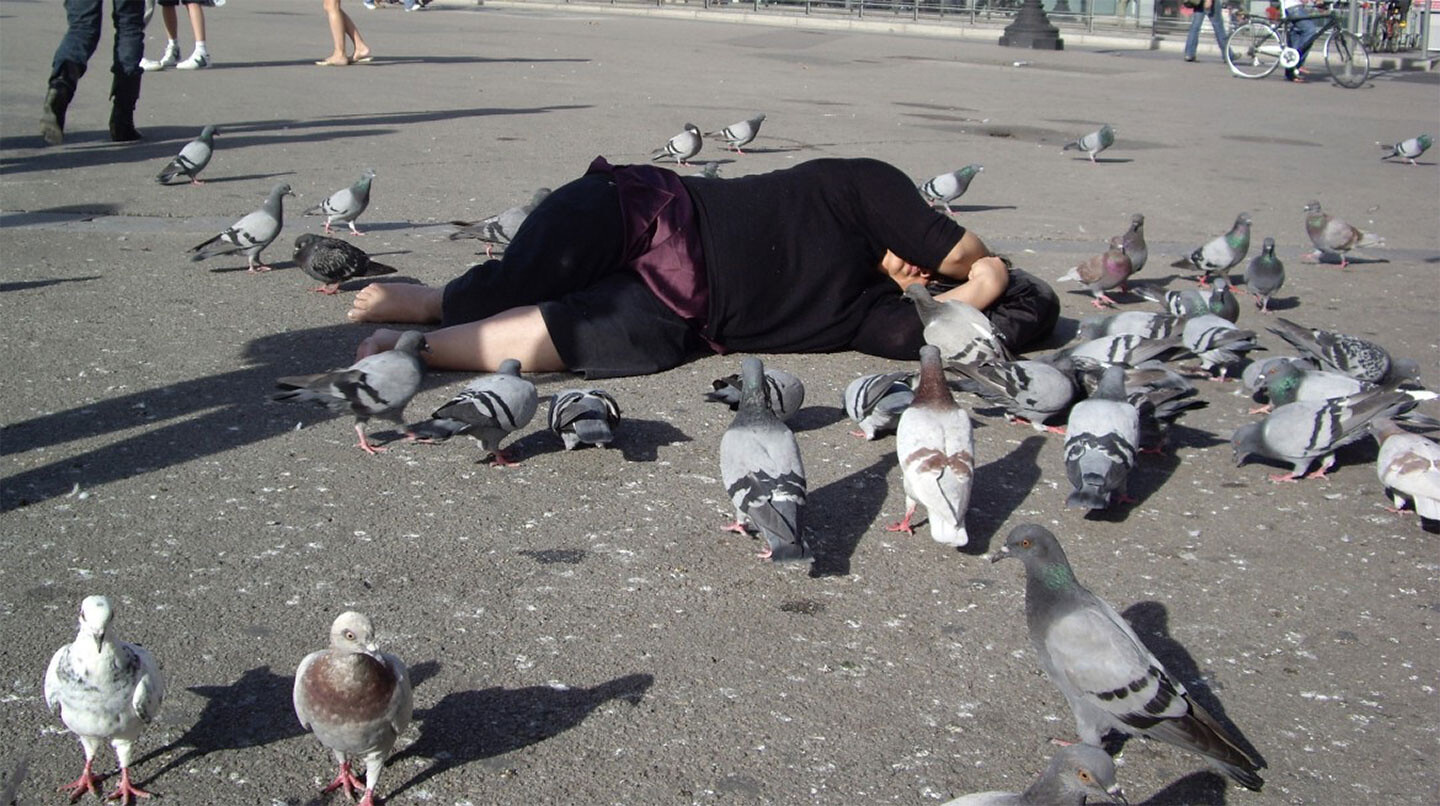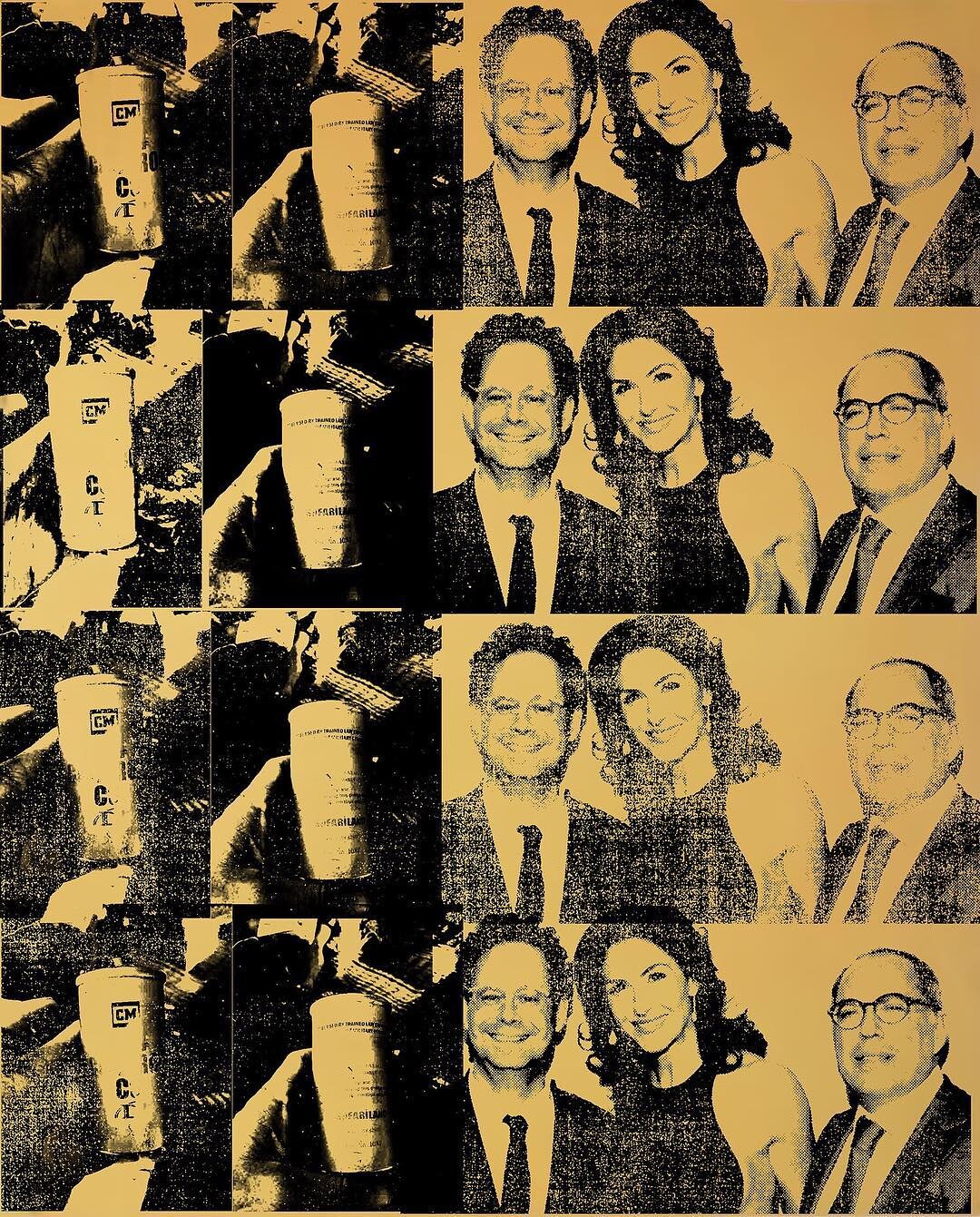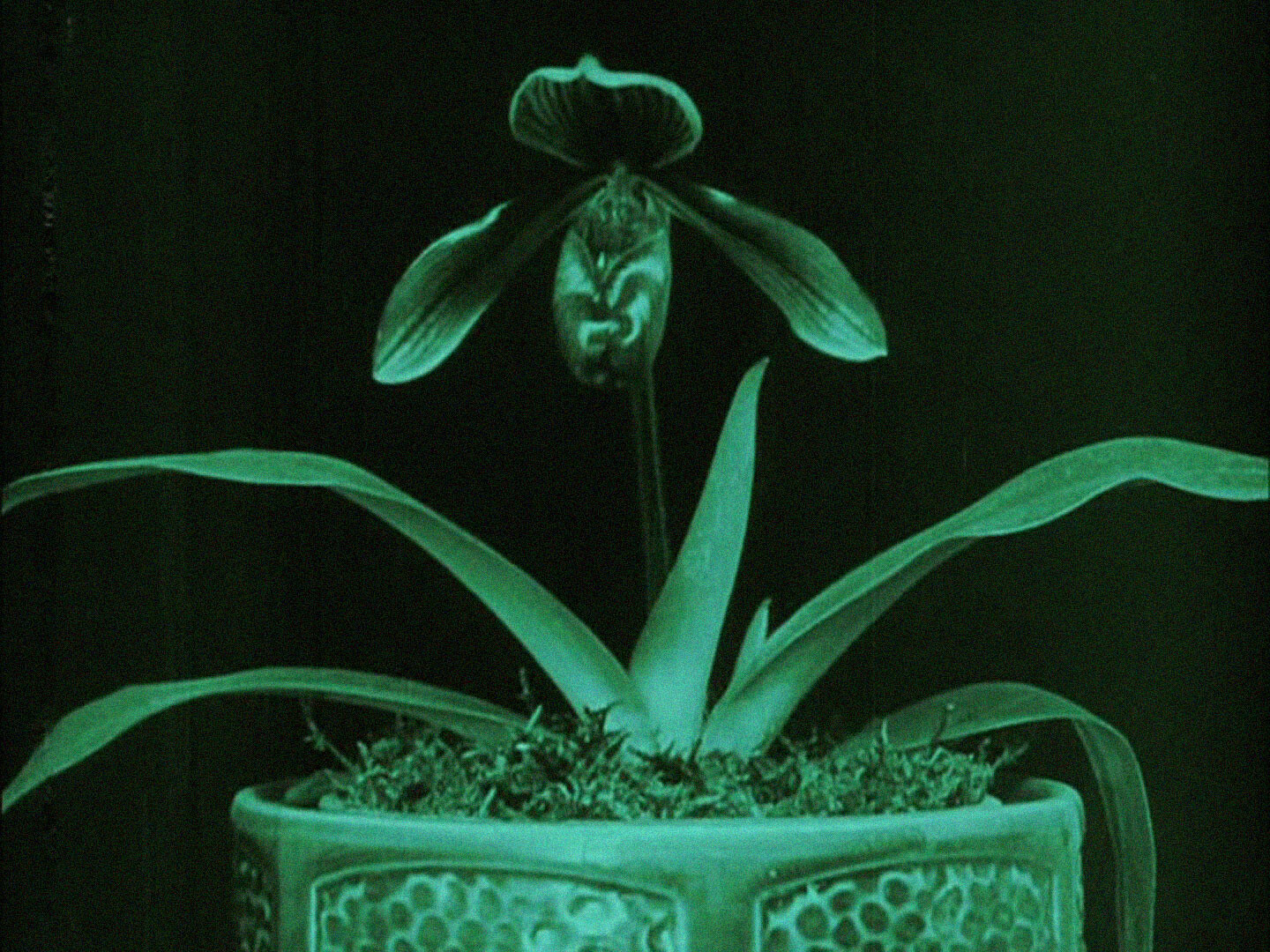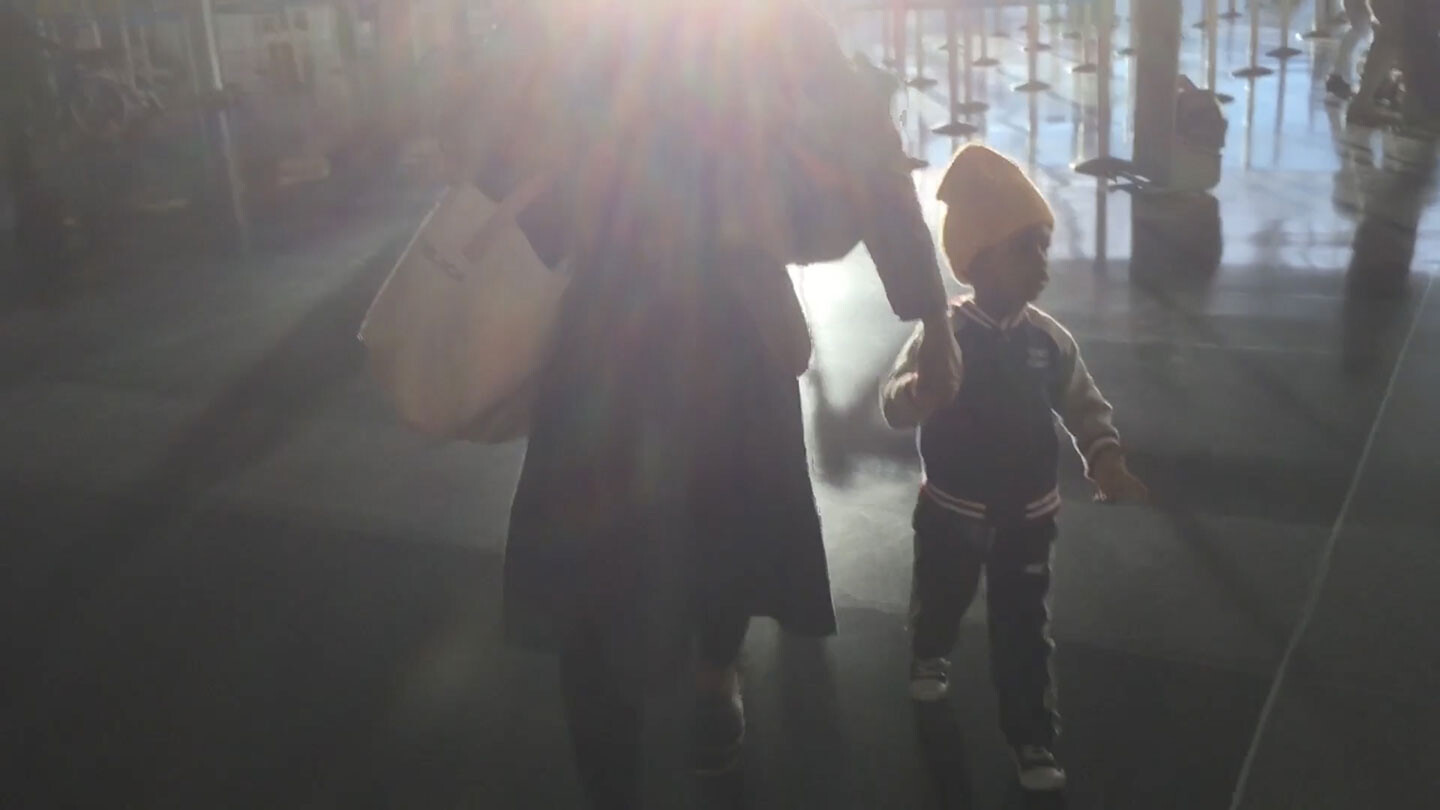Ruins
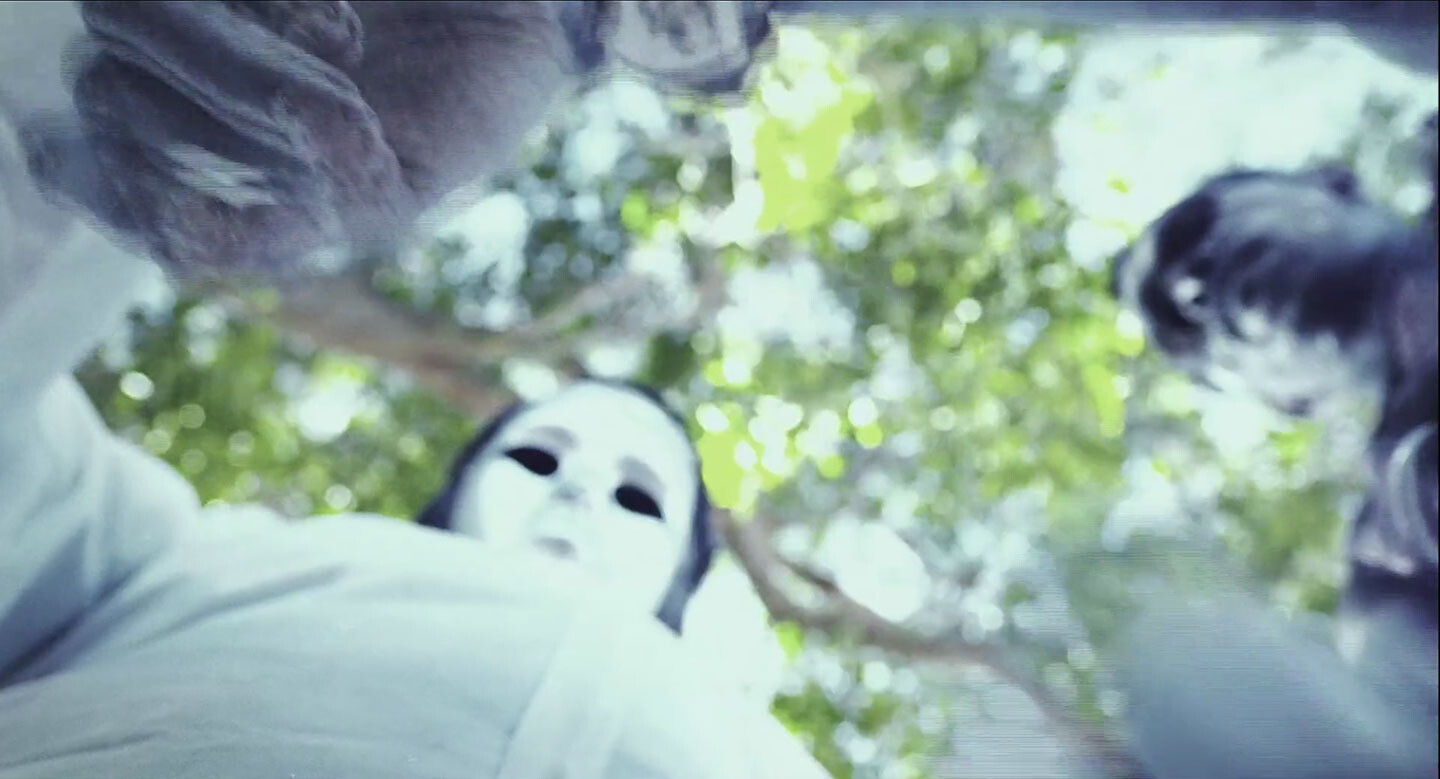

I’m working on a hypothetical proposal for a publication called “The End(s) of the World(s),” in relation to Anna Tsing’s seminal text “The Mushroom at the End of the World.” I take Tsing’s idea that mushrooms can be used as an imaginative tool to speculate about some alternatives to the one-way trajectory of capitalism. Mushrooms appear in sporadic ways. Tsing asks us to think about “patches” of growth, open encounters between humans and non-humans, and assemblages of whatever we can salvage from capitalist ruins. What exactly are the ruins that characterize the Anthropocene? And how do we instigate capitalist “degrowth” while living in them? A mushroomic utopia might comfort us as we stay at home.
These following essays from archival issues of e-flux journal might provide some comfort.
The Desert does not refer in any literal way to the ecosystem that, for lack of water, is hostile to life. The Desert is the affect that motivates the search for other instances of life in the universe and technologies for seeding planets with life; it colors the contemporary imaginary of North African oil fields; and it drives the fear that all places will soon be nothing more than the setting within a Mad Max movie. The Desert is also glimpsed in both the geological category of the fossil insofar as we consider fossils to have once been charged with life, to have lost that life, but as a form of fuel can provide the conditions for a specific form of life—contemporary, hypermodern, informationalized capital—and a new form of mass death and utter extinction; and in the calls for a capital or technological fix to anthropogenic climate change.
The recent mass uprisings in Hong Kong; the anti-colonial rage expressed on the streets of San Juan; uprisings in war-torn Iraq; anti-neoliberal revolts in Chile; Central American migrants fleeing agricultural failure and gang violence crossing the US–Mexico border zone—all have been answered with tear gas, an integral component in the liberal-become-authoritarian state’s response to opposition that bypasses conventional routes of negotiation. Its (supposedly) nonlethal crowd control is clearly post-political, maintaining the state’s monopoly on violence. Nonetheless, these worldwide revolutions rise up against everything tear gas represents, and it is these struggles that can offer important lessons for the politics of climate emergency, beginning with a necessary expansion of our terminology.
The mediated, sentient, and intelligent plant potentially invites us to think about nature, plants, technology, and ourselves-as-humans in different ways. As plants in particular are revealed as agentic, intentional beings, the mediated plant potentially invites us to develop more caring, attentive, and communicative attitudes toward the vegetal. In this way, the mediated plant can push us forward in the urgent “struggle to think differently” that Val Plumwood called us to join. Perhaps the mediated, sentient, intelligent plant can help us to queer nature, to queer botanics, to queer ourselves-as-humans as we “go onwards in a different mode of humanity.” But why to queer? Why not “simply” to “decolonize”?
Even though Love is the Message offers an amazing account of generative ambivalence and creative survival, even while it also gives rise to encompassing hopefulness in collective moments of love, solidarity, ethical conviction, and collective justice-seeking, it simultaneously obliterates any consideration of extending or sustaining its world of horror, one of beyond-grotesque inequality, impoverishment, and violence that renders Black life and lives matterless by the state and its human apparatuses. Unlike The Breakthrough Institute, which proffers art and leisure as rewards, Jafa’s sci-fi reaches the realm of cosmopolitical magnitude without losing sight of vernacular instances of in/justice, of situated expressions that are future-oriented but historically informed, and which are dedicated to the reinvention of everyday life, art, culture, politics, mourning.
The word “propaganda” originates from biology, literally referring to the reproduction and duplication—the propagation—of plants and animals. In this time of catastrophe on earth and corporate and nationalist schemes to export that very same catastrophe to other living worlds, Haraway’s rethinking of propaganda offers a precondition for collective survival and the perseverance of new socialist forms of living. Neo-constructivist, cosmist, and assemblist training camps and biospheres: these are the terms for a morphological vocabulary of a hyperempathic propaganda art that makes living worlds of comradeship in deep past, deep present, and deep future imaginable and realizable.
